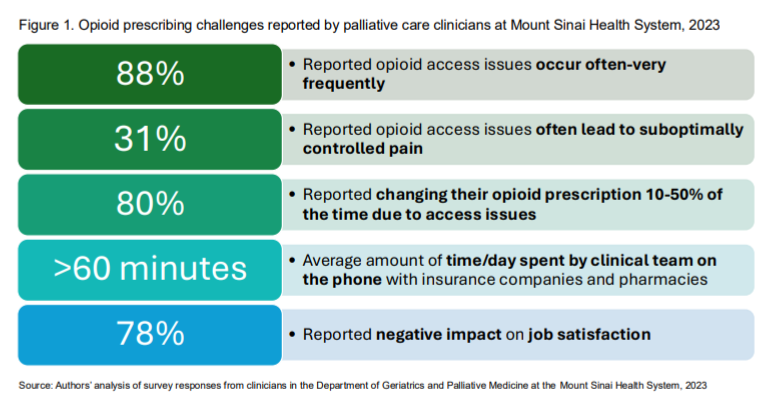2025-04-21 マウントサイナイ医療システム (MSHS)
<関連情報>
- https://www.mountsinai.org/about/newsroom/2025/mount-sinai-researchers-discover-new-way-cells-control-rna-production
- https://www.cell.com/molecular-cell/abstract/S1097-2765(25)00265-5
CDK9によるSPT5の三リン酸化が、RNAポリメラーゼIIの一時停止解除と伸長速度を調節する Tripartite phosphorylation of SPT5 by CDK9 times pause release and tunes elongation rate of RNA polymerase II
Rui Sun ∙ Robert P. Fisher
Molecular Cell Published:April 17, 2025
DOI:https://doi.org/10.1016/j.molcel.2025.03.021
Graphical abstract

Highlights
- CDK9 phosphorylates SPT5 in the KOWx-4/5 linker, CTR1, and CTR2
- Tripartite SPT5 phosphorylation times RNAPII pause release
- CTR1 and CTR2 phosphorylation exert opposing effects on RNAPII elongation rate
- CTR1 and CTR2 have reinforcing functions in gene expression and viability
Summary
The RNA polymerase II (RNAPII) transcription cycle is regulated throughout its duration by protein phosphorylation. Previously, two regions phosphorylated by cyclin-dependent kinase 9 (CDK9) in elongation factor SPT5—the linker between Kyrpides-Ouzounis-Woese (KOW) x-4 and 5 domains and carboxy-terminal repeat (CTR) 1—were implicated in promoter-proximal pausing and termination, respectively. Here, we show that phosphorylations in the linker, CTR1, and a third region, CTR2, coordinately control pause release, elongation speed, and termination in HCT116 human colon cancer cells. Pausing was unaffected or increased by mutations preventing CTR1 or CTR2 phosphorylation, respectively, but attenuated when both CTRs were mutated. Whereas loss of CTR1 phosphorylation slowed elongation and repressed nascent transcription, simultaneous CTR2 mutation partially reversed both effects. Nevertheless, mutating both CTRs had additive effects on splicing, termination, steady-state mRNA levels, and cell proliferation. Therefore, tripartite SPT5 phosphorylation times pause release and tunes RNAPII elongation rate to ensure productive transcription and cell viability.


